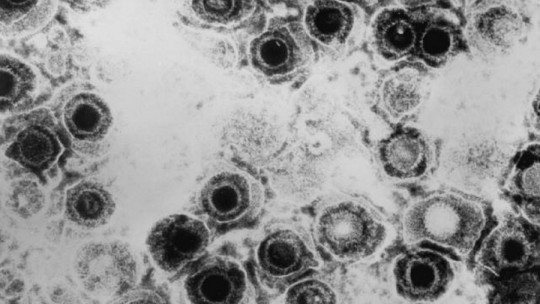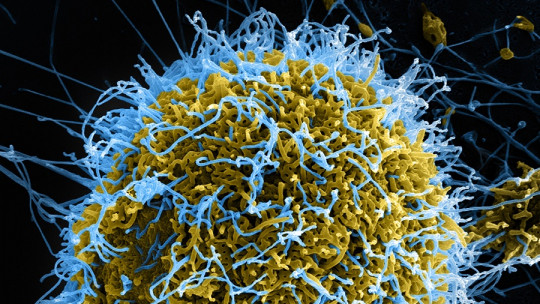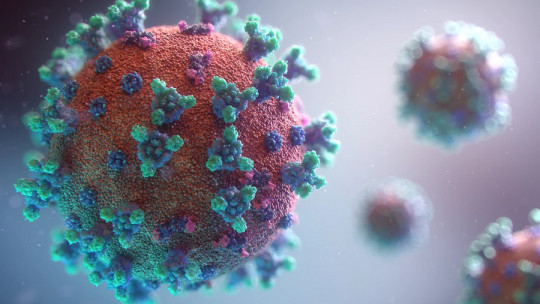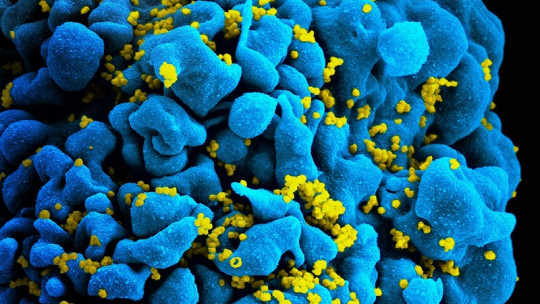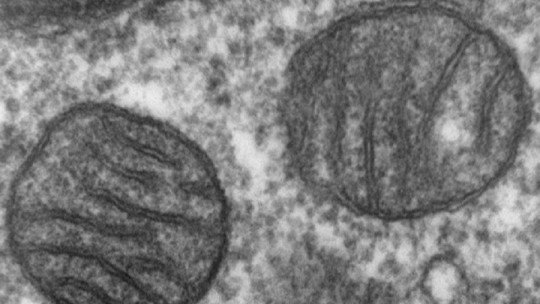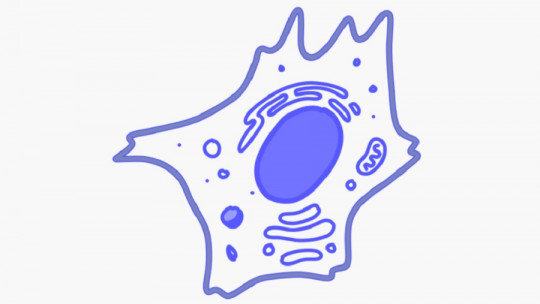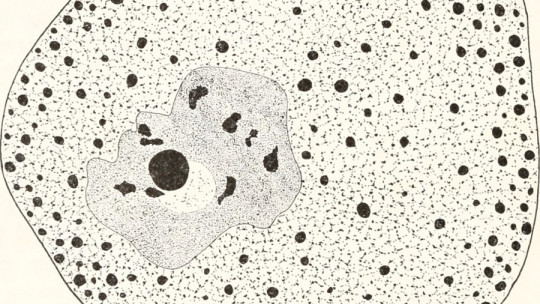Viruses are infectious agents by definition, and few biologists today classify them as living beings. These are segments of genetic information (DNA or RNA) covered by a capsid (nucleocapsid), which may or may not be surrounded by an envelope. Because viruses lack organelles such as ribosomes or mitochondria, they cannot grow or replicate on their own: to proliferate, they must infect a host cell and hijack its machinery.
By different mechanisms, a virus is able to enter a human cell, integrate its DNA (or transform its DNA into RNA first) into the nucleus, let the cell copy it, and assemble itself while leaving the host cell body. As you can imagine, in the lytic phase of the process, viruses kill the cell by going out to infect others.
With this brief tour of the viral cycle, we understand why they are all pathogens and why they cause damage to the tissues they infect. Based on all these premises, Here we will see what are the types of herpes more specifically, viruses of the family Herpesviridae that can infect humans.
What is a herpes?
According to the Oxford Languages dictionary, herpes is an inflammatory skin disease, caused by a virus, which is characterized by the formation of small transparent vesicles or blisters that, when dried, form a kind of scab. The term “herpes” does not go beyond the clinical picture and, therefore, we find it much more interesting to mention the types of Herpesvirus, those agents that lead to various pathologies.
There are more than 100 types of Herpesvirusbut they all have a very similar structure : it is a double strand of DNA (without RNA intermediates), with a protein capsid, an intermediate tegument with viral enzymes and a glycoprotein membrane that delimits the virus from the environment. The diameter of these viral agents is 150 to 200 nanometers and the final membrane contains a series of glycoproteins (gB, gC, gD and gH), which bind to the receptors of the cell to be infected, to fuse both membranes.
The main types of herpes
Once we know the general shape of herpesviruses and their diversity, it is time to explore the 8 types of agents of the Herpesviridae family that routinely affect humans. Don’t miss them.
1. VHH-1
The herpes simplex virus HSV-1 or HHV-1 is one of two strains of the Herpesvirus family that can cause latent infections in the neurons of the sensory ganglia (bulbous formations along the nerves of the autonomic nervous system or ANS). In any case, unlike HSV-2, this strain is usually acquired in early stages of development, while HSV-2 is spread with the first sexual contacts.
The World Health Organization (WHO) estimates that 3.7 billion people under 50 years of age are infected with this viral strain (67% of the population). It is the main cause of herpetic gingivostomatitis, also known as cold sores These well-known lesions can appear on the palate, gums, tongue, lips, or adjacent regions of the face.

At this point, it should be noted that the virus remains in a latent or quiescent form in the neural ganglia, keeping infected cells alive, due to interference with cellular apoptosis mechanisms. When the virus is reactivated by various triggers (other infections, stress, hormonal changes, etc.), cold sore symptoms appear again.
Another much more severe form of HHV-1 infection is herpetic meningoencephalitis.
2. VHH-2
It is the second strain classified within the group of “herpes simplex viruses.” The premise is very similar to the previous case, but on this occasion, The most common clinical manifestation is genital herpes
The infection presents with a symptomatic picture lasting up to two weeks, which presents with ulcerative and painful lesions, which can occur recurrently.
It is estimated that 491 million adults (13% of the world’s population) are infected with HHV-2. As it is transmitted through sexual contact under more specific conditions, the percentage of affected people is lower than with HHV-1.
3. VHH-3
We now abandon herpes simplex, and enter categories that surely also sound familiar to you, although with lower epidemiological figures. HHV-3 is called varicella-zoster virus (VZV), which, as its name indicates, causes chickenpox (in children) and shingles (in adults).
In the United States, VZV was previously estimated to have infected 99.6% of people aged 40 years or older. No wonder, since the basic reproductive rate of this virus is one of the highest: it ranges from 10 to 12. This means that, on average, a sick person will infect up to 12 others before healing. Fortunately, the vaccine against this virus has drastically reduced the epidemiological patterns of chickenpox in recent years.
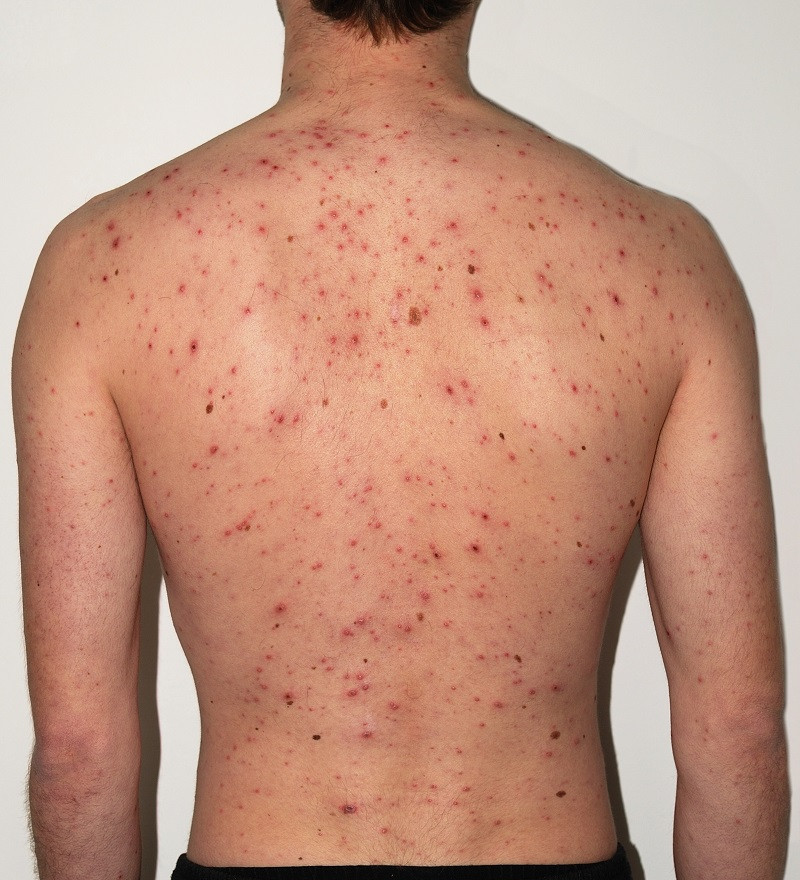
4. VHH-4
Better known as “Epstein-Barr virus”, This infectious agent is the major cause of acute infectious mononucleosis It is estimated that, by adulthood, more than 90% of people have been infected and have developed antibodies against the virus. Mononucleosis is known as the “kissing disease” because it is transmitted through saliva and remains viable for several hours in it.
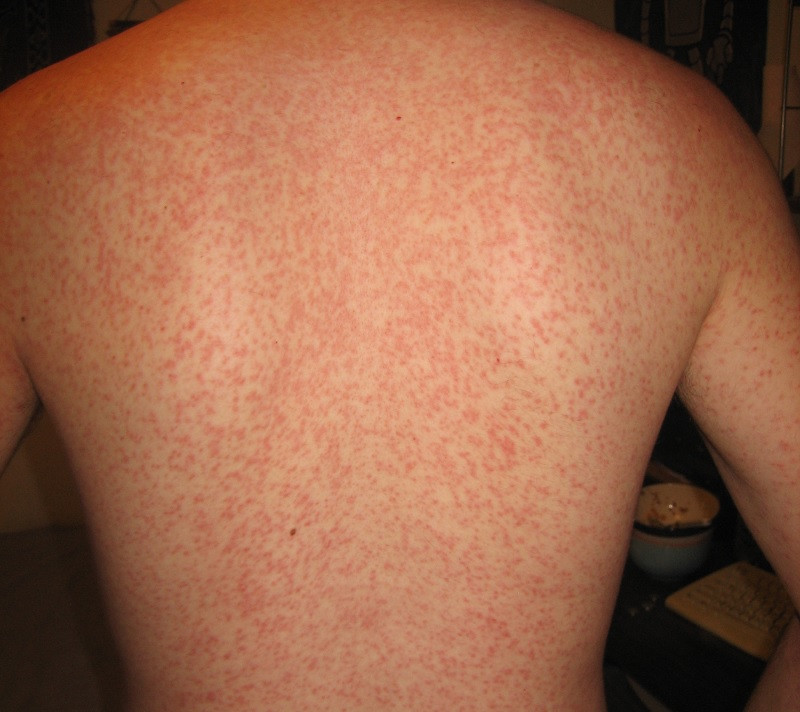
Curiously, in children this infection is asymptomatic, causing at most a case of pharyngitis (with or without inflamed tonsils). On the other hand, 75% of the adult population that is infected presents with mononucleosis, characterized by inflammation of the lymph nodes, fever, fatigue and pharyngitis.
5. VHH-5
HHV-5 or cytomegalovirus (CMV) is found in many species of mammals and, in humans, is another cause of infectious mononucleosis. In countries like the United States, it is estimated that 50 to 85% of the adult population is infected In any case, the vast majority of immunocompetent people do not experience symptoms after contact with the pathogen, or they are minimal.
The problem occurs with immunosuppressed people, because like other Herpesviruses, this agent can remain latent and reactivate when the host’s immune system is weak. Cytomegalovirus is also of some clinical importance in the obstetric setting, as it can cause fetal complications (in very rare cases).
6. VHH-6
The VHH-6 is considerably less known than others on this list. This infectious agent It can be divided into two subtypes: HHV-6A (human lymphotropic virus) and HHV-6B (cause of infantile roseola) In any case, HHV-6B is the most clinically relevant, since in European regions it causes more than 90% of infections of this type.

HHV-6B infection in children manifests itself in the form of transient skin rashes, which appear after 3 days of fever. It is much more common in infants between 6 months and 3 years of age, and is not usually treated as a clinical entity of great importance.
7. VHH-7
It is a virus very similar to the previous one. Although most cases of roseola are caused by HHV-6, HHV-7 has also been isolated in some patients.
8. VHH-8
This virus is atypical like few others, as it causes cancer, no more no less. It is the cause of Kaposi’s sarcoma, a malignant tumor of the lymphatic endothelium typical of immunosuppressed people that usually appears in the form of spotted lumps on the skin (although it can also affect the gastrointestinal tract or lungs).
We are not going to explain the complex process that induces malignant neoplasia at the site of infection, since it is enough for us to know that this virus has a series of homologous genes that, when acting with the host cell, promote it to become cancerous.
Summary
Surprising, right? Herpesviruses are a fascinating family of viruses, and they go far beyond the cold sores we usually associate them with. Although the herpes simplex viruses HHV-1 and HHV-2 are associated with oral and genital herpes respectively, many others present with different clinical symptoms.
What is clear to us is that, with exceptions, herpesviruses are cosmopolitan, they infect people all over the world regardless of their condition and, surely, we have all already been infected with at least one of them. Luckily, our immune system is capable of keeping them at bay in normal situations.

